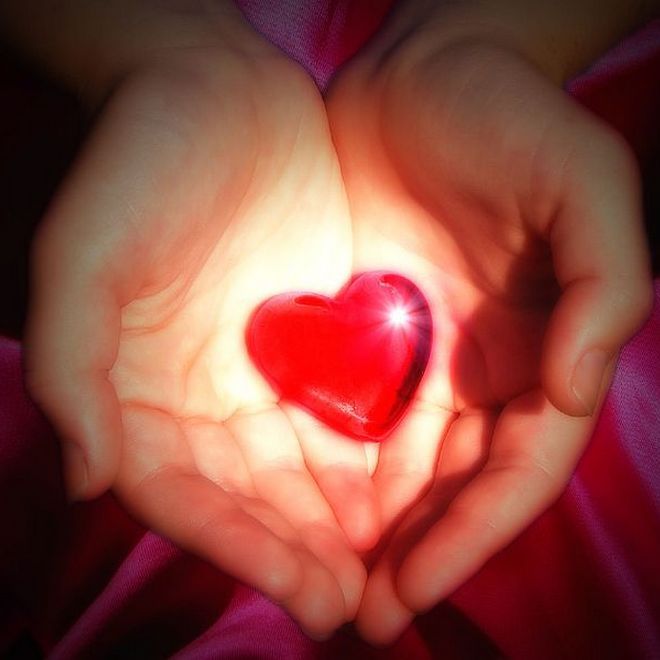A person suffering from sudden cardiac arrest will not have detectable pulse, which means the patient has only seconds to survive, warns Vanita Arora.

According to estimates from various researches, 60 per cent of deaths in hospitals due to myocardial infarctions are sudden.
But the majority of sudden cardiac events happen outside the hospital, usually at home.
A sudden cardiac arrest is when the heart stops beating due to a disruption in the electrical impulses.
In India, the reaction time to any medical emergency is known to be lengthier compared to the West.
Around 95 per cent of the patients who die after a sudden cardiac arrest could be saved if they are given defibrillation within four to six minutes of suffering the attack.
Timely administration of cardiopulmonary resuscitation can help save lives.
Cardiopulmonary Resuscitation
Identifying those who would need CPR is not difficult due to clear symptoms, such as loss of breath and dizziness/unconsciousness and, most importantly, an undetectable pulse.
CPR involves pushing the victim's chest repeatedly at the rate of 120 to 130 times a minute.
It is important that the centre of the chest is compressed hard and fast.
But what happens when someone is not technically trained to perform even the hands-only CPR?
When you see a person become unconscious and gasping for breath, the first step is to check the pulse or heartbeat.
A person suffering from sudden cardiac arrest will not have detectable pulse, which means the patient has only seconds to survive.
The next step is to call emergency medical service.
Almost simultaneously, the person should begin performing CPR and enact the following steps:
- Call out and see if the patient responds.
- Check the breathing and feel for the pulse in neck with two fingers.
- Place the patient on her/his back and kneel besides the patient.
- At the centre of the chest, place the heel of your first hand. The heel of your second hand should go on the top of the first hand, with fingers of top hand clasping the bottom.
- While keeping your arms straight, adjust your body to ensure that the shoulders are directly over your hands and the patient’s body.
- Start pushing hard and fast with your body weight to put pressure on the chest. Try to ensure that compressions are about two inches deep. Deliver 120 to 130 compressions per minute and don't let go till medical help arrives or you see clear life signs.
Automated External Defibrillator
Like for CPR, using AEDs may not require an expert.
In the absence of a trained medical professional, AED can be used by an ordinary educated person as it is equipped with simple audio and visual commands. But it has to be administered within four to six minutes of the patient suffering a sudden cardiac event.
Through defibrillation, one attempts to restore the normal rhythm of the heart usually by an electric shock.
Unfortunately, in Indian cities, AEDs are present in very small numbers.
The role of this portable device is so crucial that it should be placed with every fire extinguisher.
Dr Vanita Arora is director and head, cardiac electrophysiology lab and arrhythmia services, Max Superspeciality Hospital.
Photograph: Kind courtesy Louise Docker/Wikimedia Creative Commons












